Japanese Willow Pruning – How To Cut Back A Japanese Willow Tree
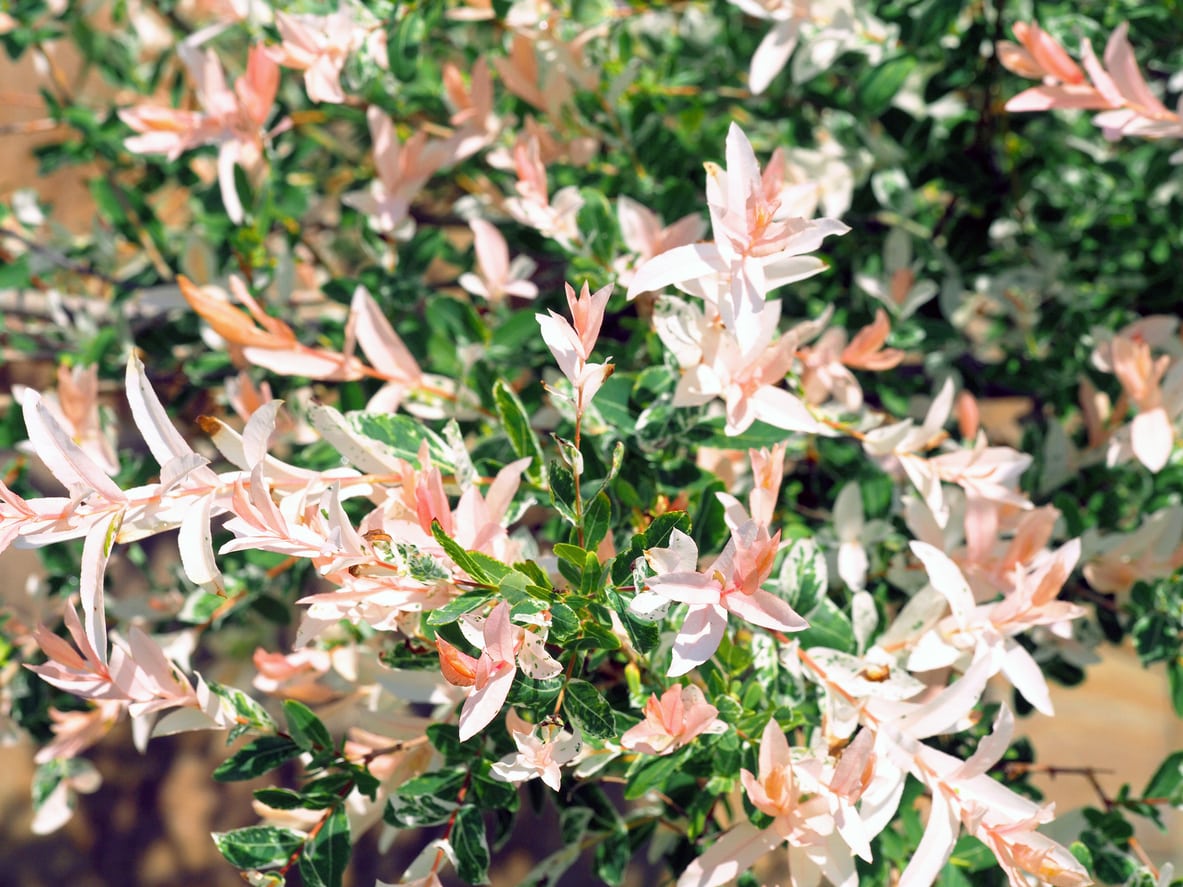

In recent years Japanese willows, especially the dappled varieties with white to pink variegation, have become extremely popular landscape plants. Like most willows, they also grow extremely fast. As a garden center worker and landscaper, I have sold and planted hundreds of these trees. However, with every single one, I have warned the homeowner that it will not stay small and tidy for long. Trimming Japanese willows is a chore you may have to do several times a year to keep the shape and size in check. Continue reading to learn how to prune Japanese willows.
About Japanese Willow Pruning
All too often homeowners realize that cute little willow with the pink and white foliage can quickly become an 8 to 10 foot (2-3 m.) monster. As they grow and age, they can also lose a lot of the unique foliage colors that drew your eye to them in the first place. Fortunately, with regular pruning and trimming, the size and shape can be maintained. Pruning Japanese willows will also encourage new colorful growth. A very forgiving plant, if necessary, you can cut back a Japanese willow to the height of about 12 inches (31 cm.) to let it rejuvenate and to try to keep a better handle on its future size and shape. With that being said, do not panic or stress too much about pruning a Japanese willow. If you accidentally cut off a wrong branch or trim it at the wrong time, you will not hurt it. Even so, there are some recommended guidelines for Japanese willow pruning.
How to Cut Back a Japanese Willow Tree
Pruning of old, damaged, dead, or crossing branches to increase sunlight or air flow is generally done in late winter when the willow is dormant and the spring catkins have not yet formed. Cut these branches right back to their base. At this point, it is alright to remove about 1/3 of the branches with clean, sharp pruners or loppers. Midsummer is an ideal time for trimming Japanese willows to shape, control size, and rejuvenate their variegation when the white and pink coloring of dappled willows tends to fade. However, some light to heavy trimming will cause the plant to send out colorful pink and white new growth. It is usually recommended that you cut back a Japanese willow by about 30 to 50% but, as stated above, if the size and shape has really gotten out of hand, you can cut the whole plant back to about a foot (31 cm.) tall.
Gardening tips, videos, info and more delivered right to your inbox!
Sign up for the Gardening Know How newsletter today and receive a free copy of our e-book "How to Grow Delicious Tomatoes".
-
 12 Lush Alternatives To A Lawn For Sustainable Spaces
12 Lush Alternatives To A Lawn For Sustainable SpacesAlternatives to a lawn are beautiful and also beneficial to your local ecosystem and its pollinators. Explore our top picks for plants to replace grass.
By Tonya Barnett
-
 Types Of Tomatoes Explained: Explore The Many Wonderful Shapes, Colors, Flavors, & Best Uses
Types Of Tomatoes Explained: Explore The Many Wonderful Shapes, Colors, Flavors, & Best UsesThe world of tomato varieties is vast and fascinating. Learn about the key types to grow in your garden, tailored to your preferences and space.
By Amy Grant
-
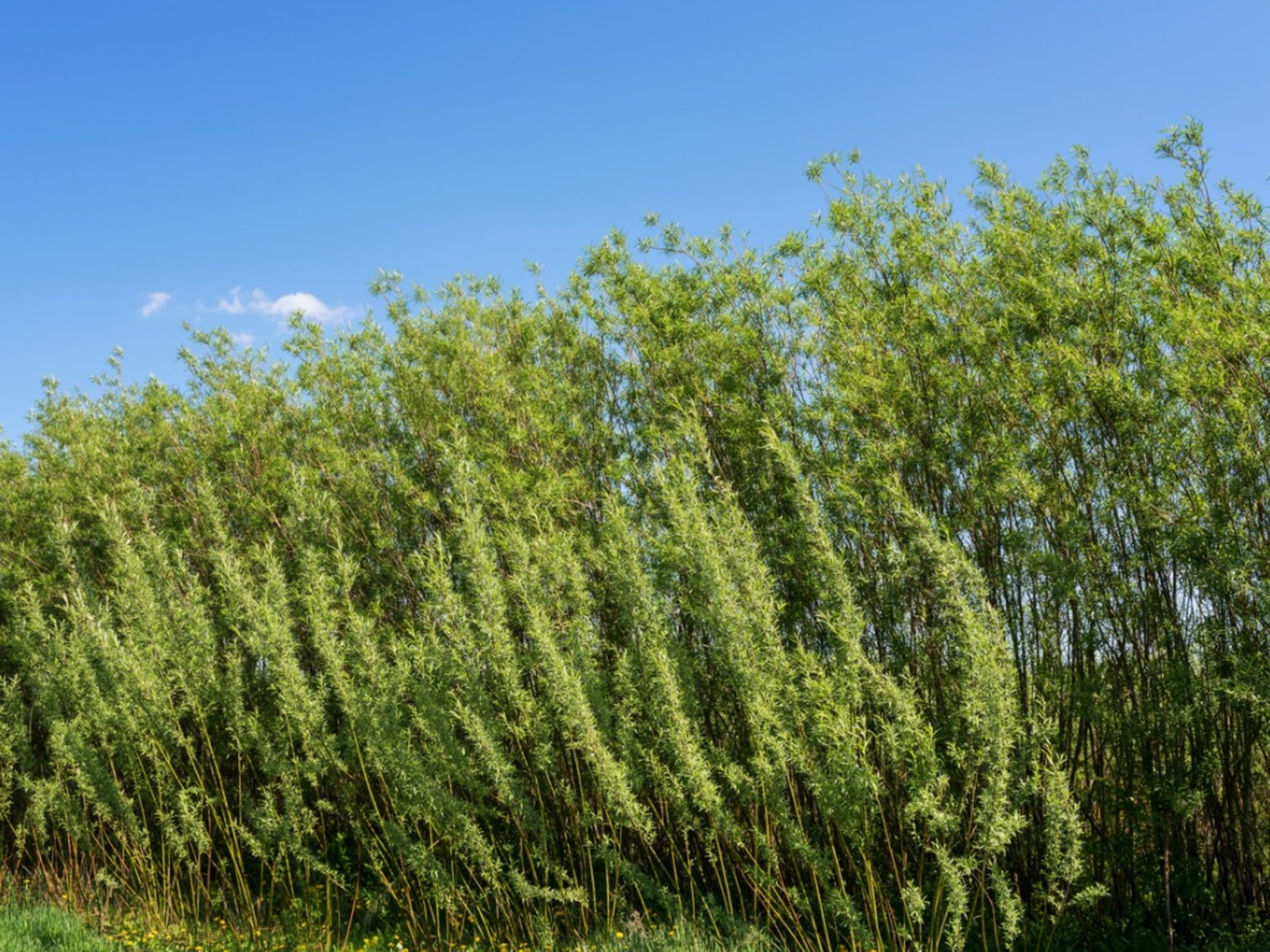 Living Willow Fence Ideas - Tips For Growing A Living Willow Fence
Living Willow Fence Ideas - Tips For Growing A Living Willow FenceCreating a living willow fence is an easy, inexpensive way to screen a view or divide garden areas. Read on to learn more.
By Susan Albert
-
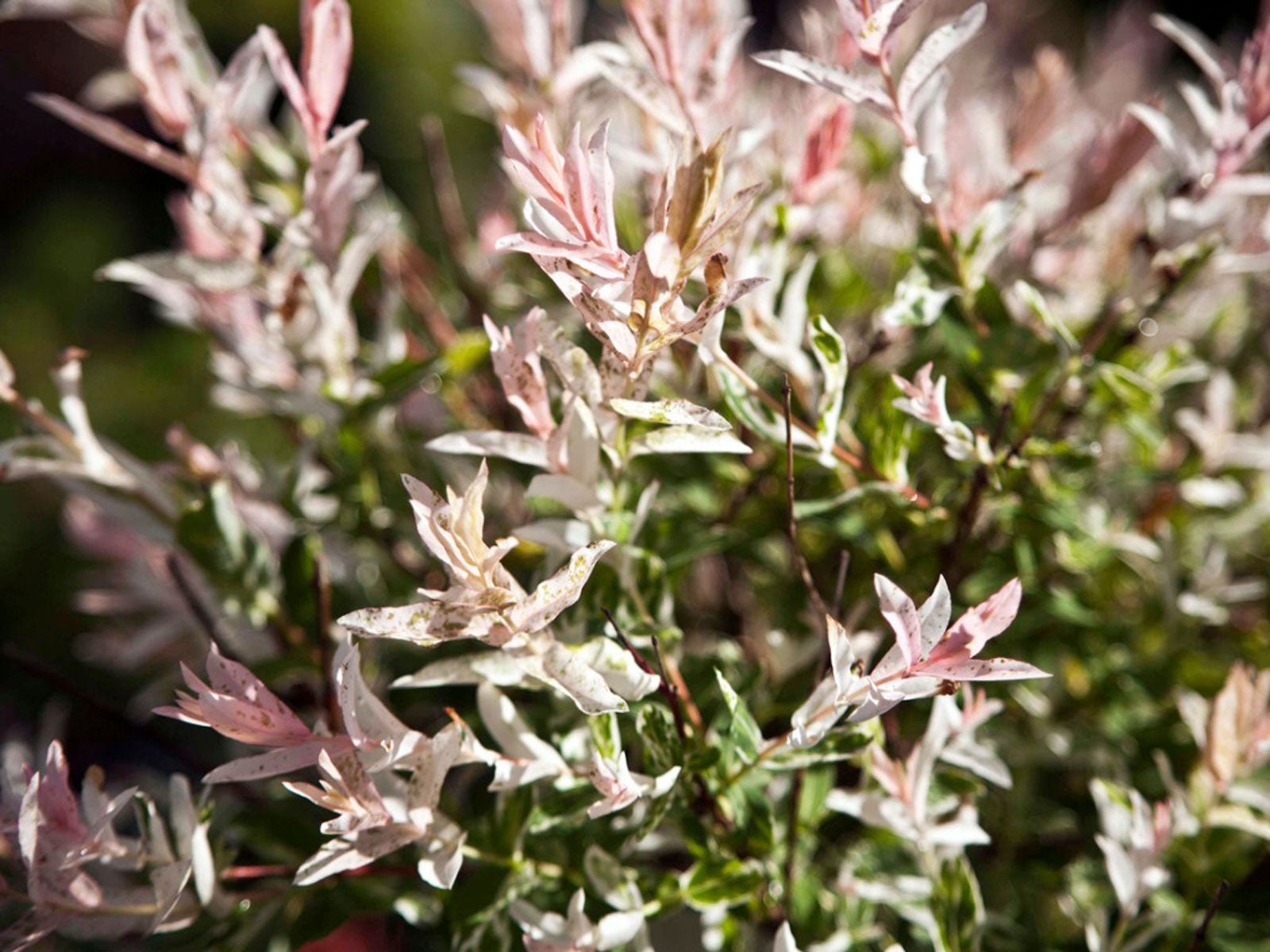 What’s Wrong With My Dappled Willow: Common Dappled Willow Problems
What’s Wrong With My Dappled Willow: Common Dappled Willow ProblemsDappled willow is one of the smaller members of the willow family. Although undemanding, it will occasionally see problems. Learn about them here.
By Teo Spengler
-
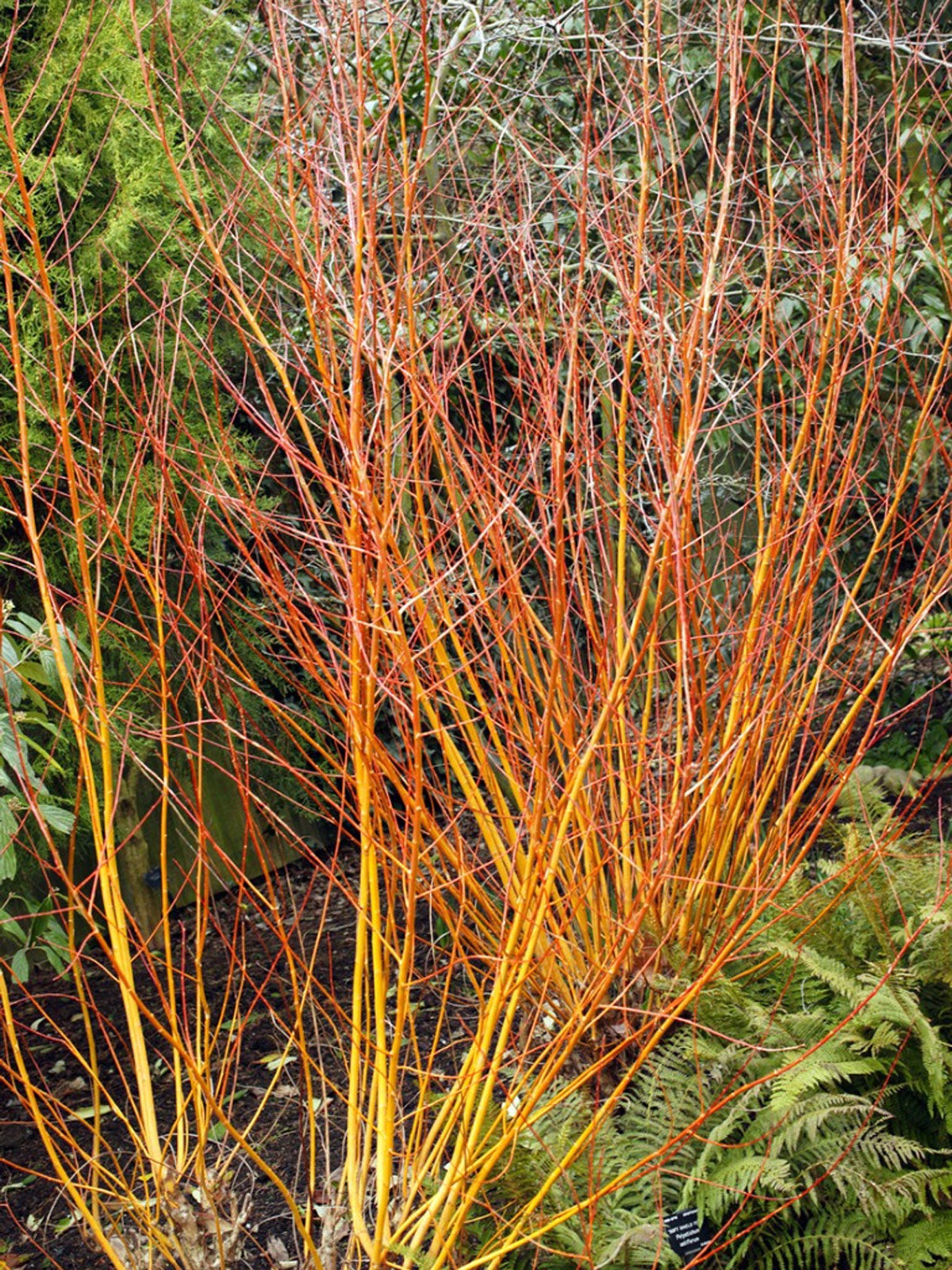 Coral Bark Willow Care – What Is A Coral Bark Willow Tree
Coral Bark Willow Care – What Is A Coral Bark Willow TreeFor lovely winter interest and nice summer foliage, you can’t go wrong with coral bark willow shrubs. Click here for tips on coral bark willow care.
By Teo Spengler
-
Peachleaf Willow Facts – Peachleaf Willow Identification And More
Few trees are easier to grow than native willows. Peachleaf willow trees are no exception. It’s not hard to identify peachleaf willows since they have leaves that look similar to the foliage of peach trees. Click here for peachleaf willow facts that describe this native tree.
By Teo Spengler
-
 Willow Varieties – Types Of Willow Trees To Grow In The Landscape
Willow Varieties – Types Of Willow Trees To Grow In The LandscapeIf you are curious about which willow varieties might work well in your yard or garden, you’ll need to start by figuring out how much room you have and what growing conditions you can offer. Click here for an overview of popular varieties of willows.
By Teo Spengler
-
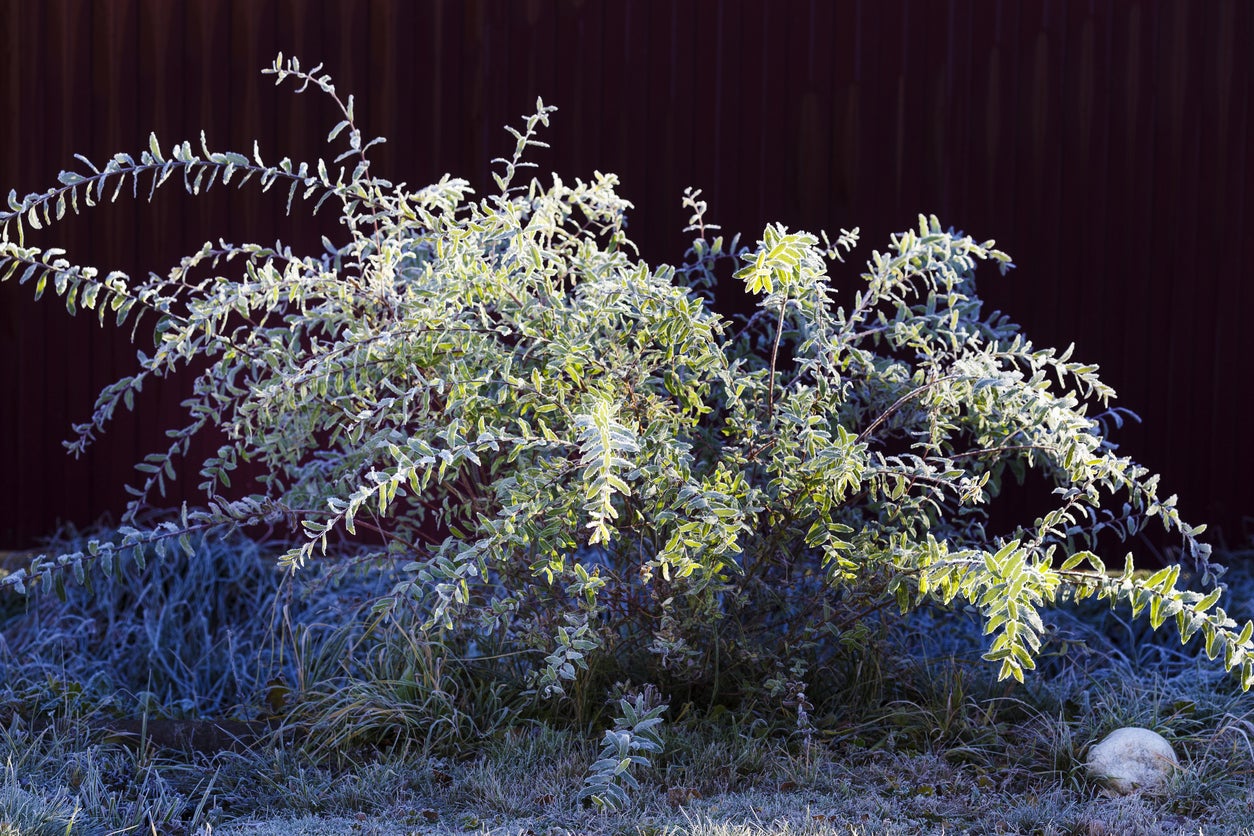 Pruning A Dappled Willow – How To Prune Dappled Willow Shrubs
Pruning A Dappled Willow – How To Prune Dappled Willow ShrubsThe dappled willow is a popular ornamental tree with a graceful weeping habit. Since this tree grows quickly, pruning a dappled willow is always an important part of the maintenance. Click here for information on dappled willow pruning.
By Teo Spengler
-
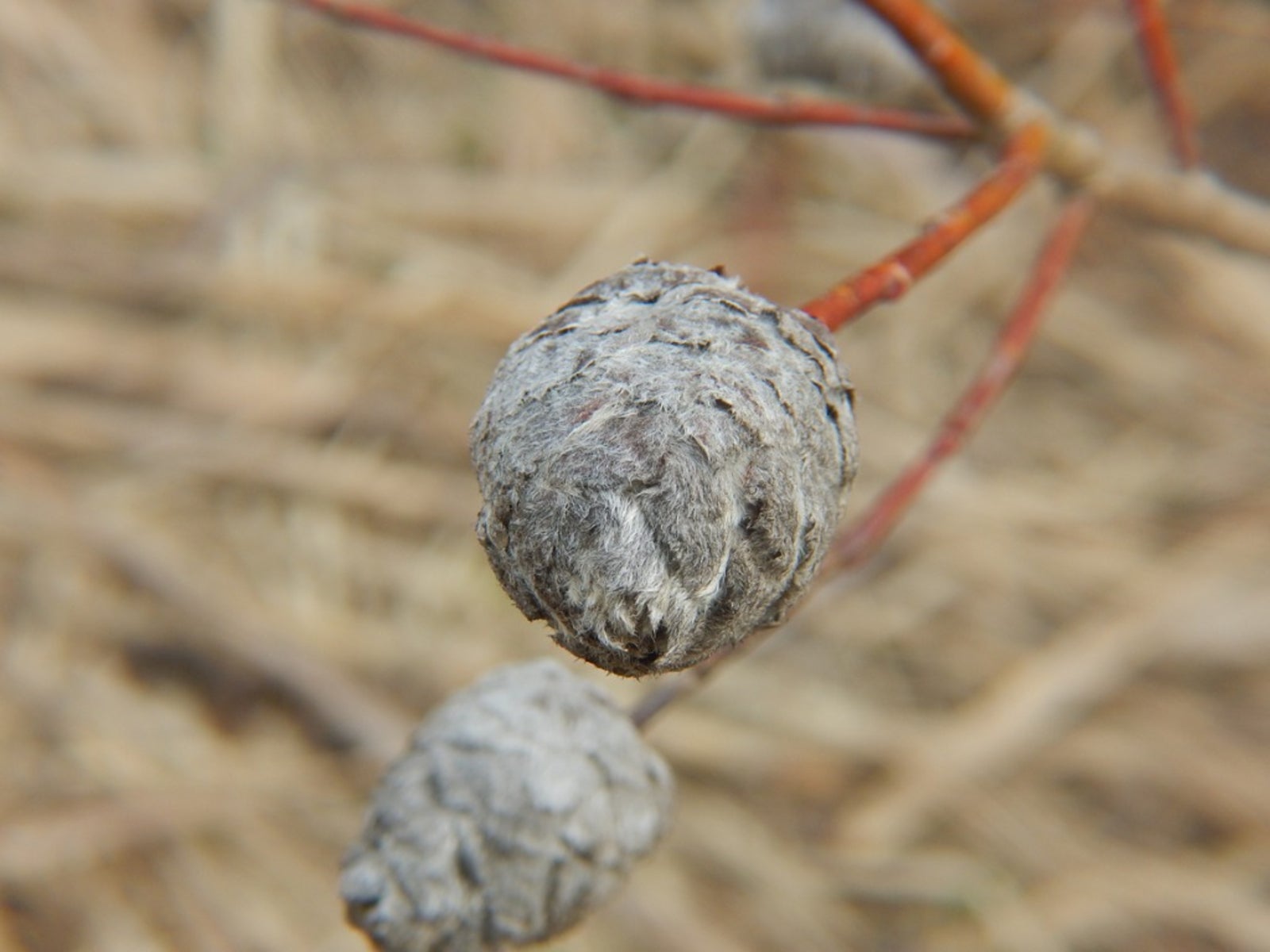 What Are Willow Galls: Learn About Galls On Willow Trees
What Are Willow Galls: Learn About Galls On Willow TreesWillow tree galls are unusual growths that appear on willow trees. You may see different varieties on leaves, shoots, and roots. The galls are caused by sawflies and other pests as well as bacteria and can look quite different depending on the pest causing them. Learn more here.
By Teo Spengler
-
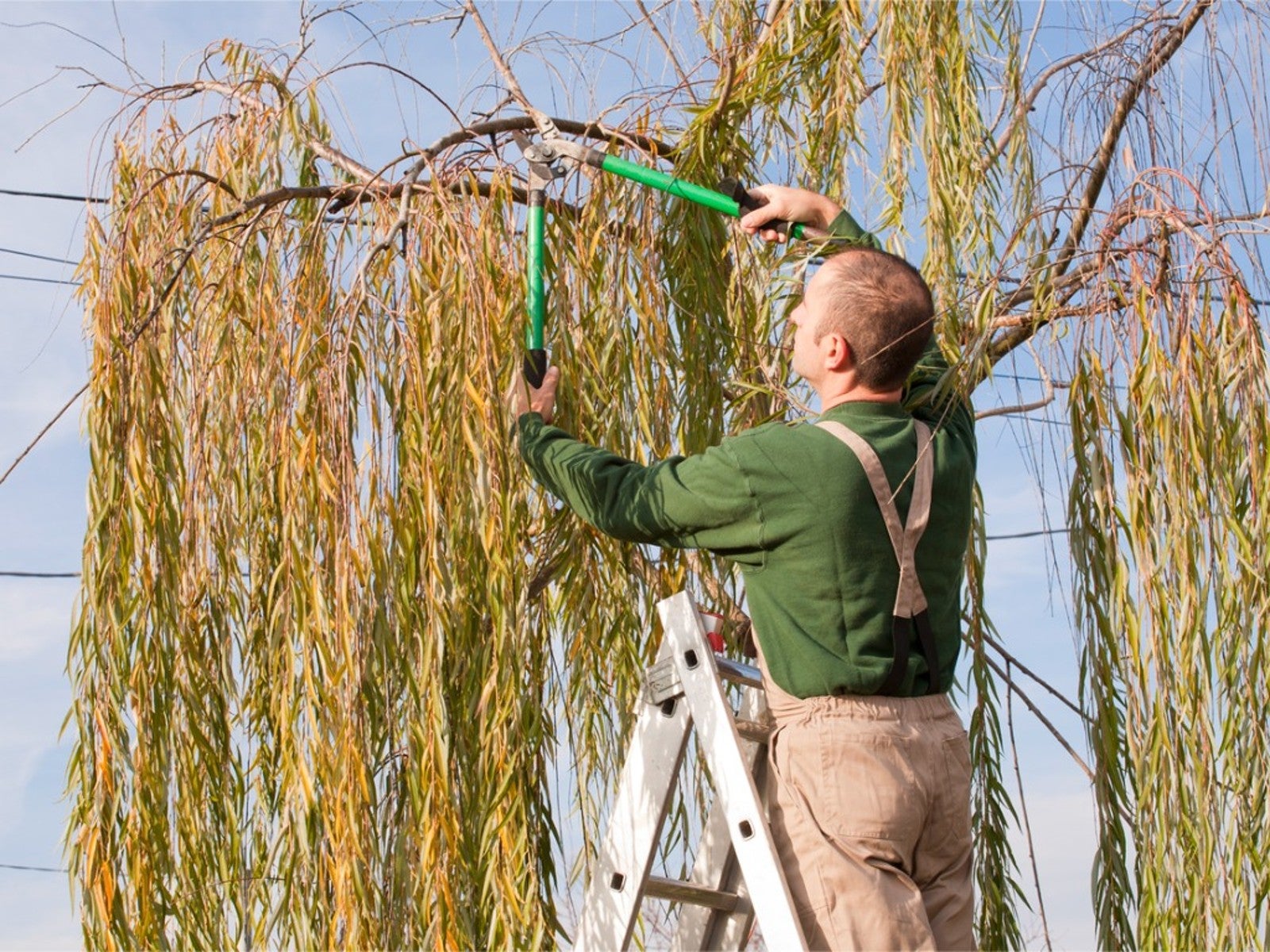 Weeping Willow Pruning: Should I Cut Back A Weeping Willow Tree
Weeping Willow Pruning: Should I Cut Back A Weeping Willow TreeNo tree is more graceful than the beautiful weeping willow with its long tresses swaying gracefully in a breeze. But that cascading foliage and the branches that support it need to be cut back from time to time. Learn about pruning the tree in this article.
By Teo Spengler